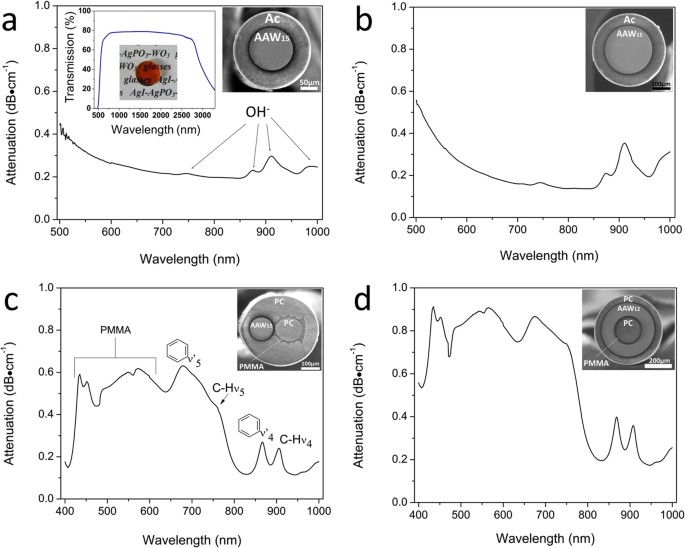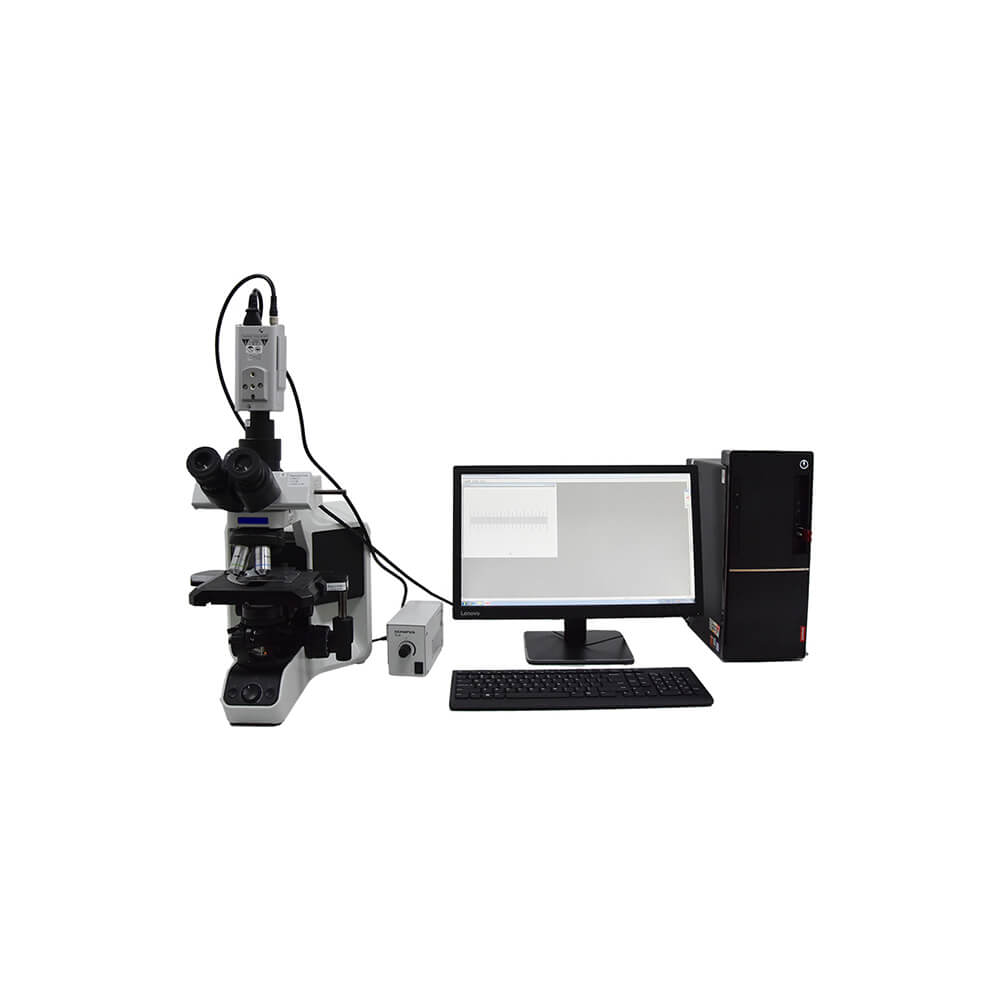Simplifying Measurements with a High-Accuracy Optical Fibre Diameter Analyser
Simplifying Measurements with a High-Accuracy Optical Fibre Diameter Analyser
Blog Article
Optimize Your Fibre Optic Efficiency: Comprehending Optical Fibre Diameter Analyser Innovation
The performance of fibre optic systems is seriously influenced by the precision of their diameter, an aspect usually overlooked in the quest of ideal signal honesty. Recognizing the modern technology behind optical fibre size analysers discloses the intricate equilibrium in between measurement precision and production high quality.
Significance of Optical Fiber Diameter
The diameter of optical fiber plays a crucial role in determining the performance and effectiveness of communication systems. It influences a number of essential criteria, including the setting of light proliferation, attenuation, and data transfer capability. Bigger sizes usually permit several light modes, helping with higher data transmission prices. Alternatively, smaller sized sizes tend to sustain less settings, which can enhance signal clearness and lower crosstalk.

In addition, recognizing the size's ramifications can cause cost savings by lowering the need for signal amplification and repeaters in substantial networks (optical fibre diameter analyser). In final thought, the importance of optical fiber diameter can not be overstated, as it directly affects the total efficiency and reliability of contemporary communication systems

How Size Impacts Signal Quality
Signal high quality in optical fiber systems pivots significantly on the diameter of the fibre. A smaller sized size can lead to greater attenuation prices, resulting in signal loss as light travels with the fiber.
Conversely, bigger diameters generally enable boosted light capture and decreased modal diffusion, improving signal clarity. In multimode fibres, a bigger core size can sustain multiple light modes, yet it might additionally introduce intermodal dispersion, which can break down signal high quality. As a result, choosing the optimum fibre size is important for attaining the desired performance in specific applications.
In addition, the interaction in between the fiber size and the wavelength of the light made use of plays an important function in establishing the reliable transmission range and general signal stability. Understanding exactly how fibre diameter affects signal high quality is essential for network designers and designers aiming to optimize optical fiber systems for trusted, high-speed information transmission.
Overview of Diameter Analyser Modern Technology
In numerous optical fibre production processes, precise dimension of fibre size is necessary for ensuring regular efficiency and high quality (optical fibre diameter analyser). Diameter analysers are advanced tools made to evaluate the physical dimensions of optical fibers with high precision. They employ innovative optical and laser modern technologies to measure the size, ovality, and concentricity of the fiber, hence offering crucial information for high quality control
These analysers can run in-line during the production procedure or as component of off-line testing methods. In-line systems enable real-time monitoring, allowing makers to adjust specifications promptly, thereby keeping optimum manufacturing conditions. Off-line analysers, on the other hand, give detailed examinations of batches, ensuring that any discrepancies from specified tolerances are determined and addressed.
Size analysers considerably add to the reduction of defects in optical fibres, enhancing general product integrity. By regularly determining key criteria, these modern technologies help with compliance with market standards and specifications. As the need for high-performance optical fibres remains to increase, the function of size analysers ends up being increasingly vital in attaining the preferred top quality and efficiency requirements in fibre try this site optic systems.
Secret Functions of Fiber Size Analysers
Although different designs of fiber size analysers exist, they typically share numerous essential functions that boost their capability and reliability. Among the most significant functions is high-resolution dimension abilities, which guarantee precise size readings, critical for keeping high quality control in fiber production. Additionally, lots of analysers include sophisticated optical sensors developed to spot minute variations in fibre diameter, therefore providing vital data for process optimization.
An additional important attribute is real-time monitoring, allowing operators to get prompt comments on fiber diameter throughout the manufacturing process (optical fibre diameter analyser). This capability helps with fast changes and minimizes the possibility of problems. Several analysers additionally come equipped with straightforward user interfaces, enabling operators to easily browse via data and setups outcomes
Additionally, robust data storage space and analysis capabilities are important for tracking historical efficiency trends and making certain compliance with market criteria. These attributes collectively add to the efficiency of fibre size analysers in enhancing fiber optic performance.
Finest Practices for Fiber Optimization

First, routine calibration of optical fibre diameter analysers is crucial. This makes certain precise measurements and reduces potential disparities that can impact performance. Next off, preserving a clean workplace is vital; dust and impurities can bring about indicate destruction.
Furthermore, it website link is necessary to select fibres that fulfill specific application requirements. This includes reviewing elements such as depletion, data transfer, and ecological conditions. Appropriate installation methods must additionally be stuck to, including staying clear of sharp bends and too much stress, which can compromise fiber stability.
In addition, employing sophisticated surveillance systems can assist in real-time performance analyses, enabling prompt recognition of problems. Routine screening and upkeep must be performed to make certain that fibres remain within ideal operational criteria.
Last but not least, training personnel on the most current fibre optimization modern technologies and methodologies will boost their capability to execute efficient strategies. By complying with these finest practices, organizations can significantly enhance the performance and lifespan of their optical fiber systems, making certain efficient communication and information transfer.
Verdict
In verdict, the integration of optical fiber size analyser modern technology is essential for making best use of fiber optic efficiency. By making sure specific measurements of fiber measurements, these analysers significantly improve signal quality and lower losses during data transmission.
Signal high quality in optical fiber systems pivots dramatically on the size of the fiber.In many optical fiber production processes, accurate dimension of fibre diameter is important for ensuring regular efficiency and quality. As the need for high-performance optical fibres continues to rise, the role of diameter analysers becomes progressively crucial in that site accomplishing the wanted high quality and efficiency standards in fibre optic systems.
These functions jointly contribute to the effectiveness of fibre diameter analysers in maximizing fiber optic performance.
In final thought, the assimilation of optical fiber size analyser technology is critical for taking full advantage of fibre optic performance.
Report this page